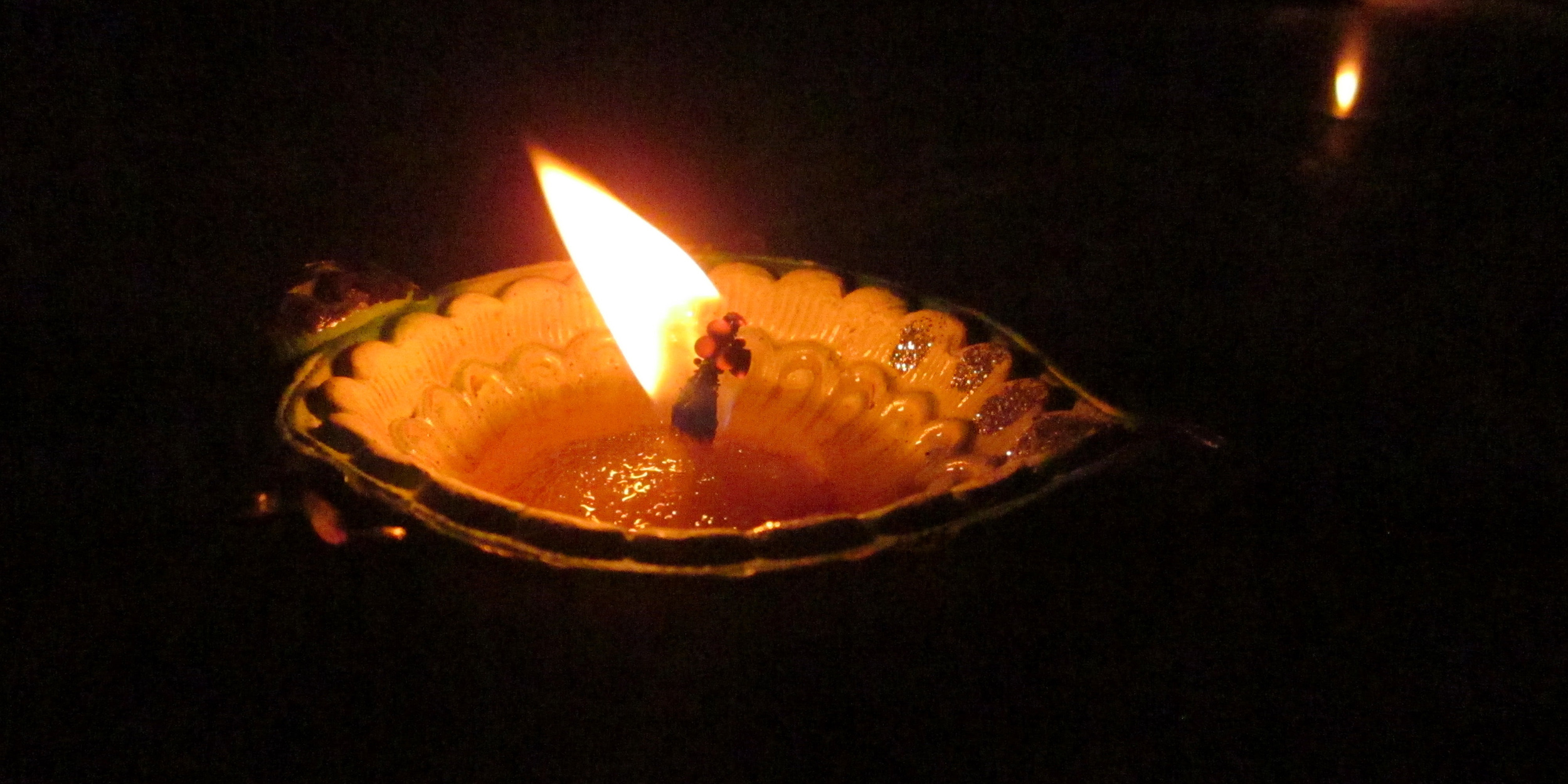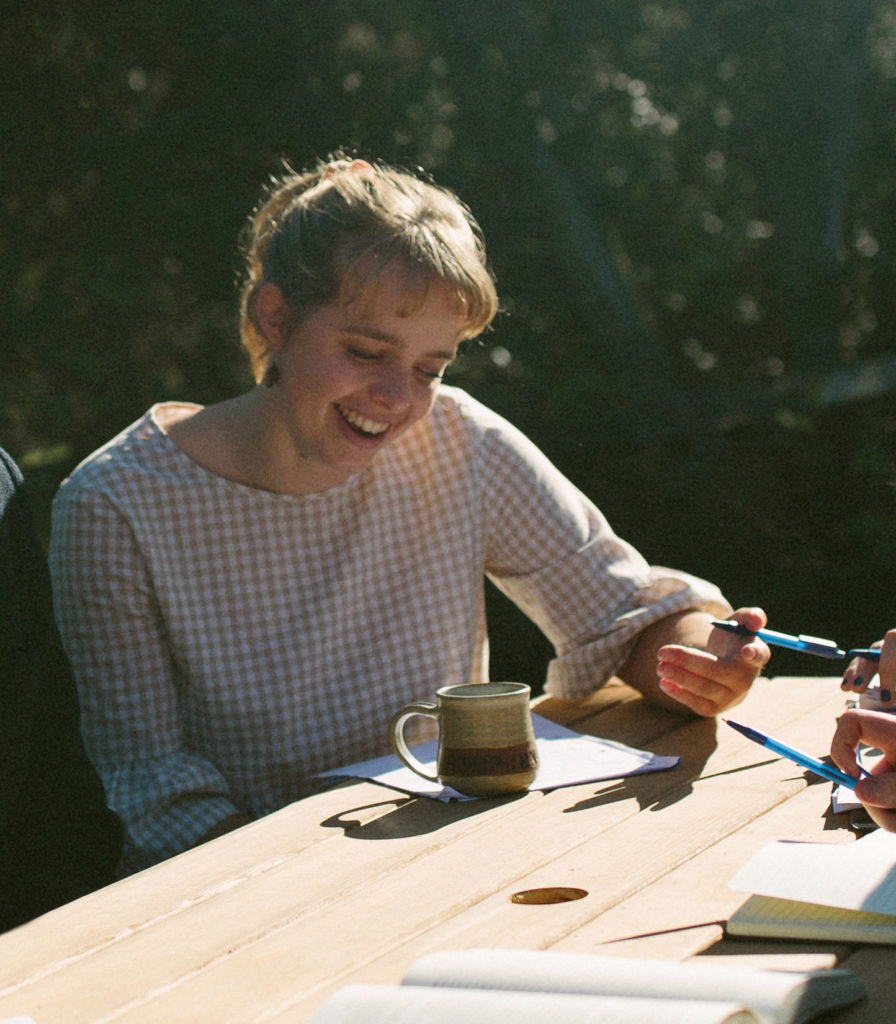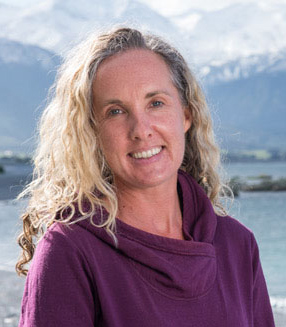
24 Jun Learning to Keep a Sabbath
The Sabbath is something we learn. We discover the good things of the Sabbath—its spaciousness and rest, the moments of gratitude and clarity it brings, the joy of actively trusting God—as we practice, improvising with the possibilities of this day according to our present shape of life. To help you imagine what this learning might look like, we asked three people to share their learning journey so far. Here, Tamsin Woolf, Courtnay Wilson, and Dan Mazengarb—three quite different people, in different life circumstances, and from different parts of the country—reflect on what has led them to embrace Sabbath-keeping and what their Sabbath day looks like.
***
Tamsin Woolf: Taste and See
Tamsin is a beloved child of God. She is also a friend, girlfriend, flatmate, daughter, sister, and colleague. Tamsin works as a solicitor for the firm Lane Neave. She loves to delight in the world with others, especially where food, music, literature, films, or outdoor adventures are involved.
The Sabbath has snuck up on me slowly. Around five years ago, I started to hear about it from folks I knew who were involved in intentional communities. I’d hear them talking about having a Sabbath on a Wednesday. Perhaps because of that, I thought I was excluded from the type of Christian who would want (or need) to practice the Sabbath—that it was reserved for only the most “hardcore” Christians.
The Sabbath took a step towards me.
After coming home from the Venn Residential Fellowship, I lived with a friend for whom the Sabbath is essential. This friend is a teacher and, every Saturday, she spends a whole day resting in God. She organizes her school planning, her social calendar, and life admin to ensure her Sabbath is protected. While I enjoyed discussing my friend’s learnings with her, I kept the Sabbath at a distance. I had many excuses: I don’t have her dedication, organisation, or discipline. I’m an extrovert. I’m not good at saying “no”. I didn’t want to spend a day alone in the flat. I primarily understood the Sabbath as something I did—something that I had to create and maintain.
Then the Sabbath invited me to taste and see.
Around halfway through my first year of full-time work in 2021, John and Jannah Dennison invited me and some others to come and sabbath with them after church. I love to be in the same space as the Dennison family and was curious about what practicing Sabbath would look like with others so instantly said yes and kept saying yes over the rest of the year. Our practice of sabbathing together follows the same pattern each time. Our phones go in a box. Candles are lit. There’s food and sung grace and conversations around the table. Then people head to the lounge to read, write letters, knit, play music, make lego, or nap. If the weather is good, people may do some projects outside or go for a walk.
Over a number of months of turning up and participating, I discovered that I wasn’t simply “hanging out” with a group of people after church. I was sabbathing. My desire for rest—to simply be with God—began to grow. I started to see the Sabbath as a gift from God that I simply need to open myself up to receive. Having now tasted the goodness of the Sabbath and experiencing a growing desire to meet God in rest, I’m excited to see the how it grows and changes over the course of my life—and who I’ll be alongside in it.
***
Courtnay Wilson: The Space Between
Rev. Courtnay Wilson hails from Hamilton, Ontario, Canada. She loves many things—coffee, kayaking with acrobatic dusky dolphins, and the tiny house movement, to name a few. Courtnay serves as Priest-in-charge at St. Peter’s Anglican Church, Kaikoura, and enjoys offering spiritual direction. She is also Programme Director for Creation Care Study Program New Zealand and the Care of Creation Enabler for the Diocese of Nelson.
What makes a fire burn
is the space between the logs,
a breathing space.
Too much of a good thing,
too many logs
packed in too tight
can douse the flames
almost as surely
as a pail of water would.
So building fires
requires attention
to the spaces in between,
as much as to the wood ….
“Fire” by Judy Brown, from The Sea Accepts All Rivers (2016)
Artists know the truth of this poem intuitively. In Māori art, the negative space is as important, or even more important, than positive space. When I took a watercolour painting course recently, the instructor encouraged us to practice drawing by focusing on the space between things as, for example, drawing a dining room chair by representing the spaces between the legs.
How often do we consider “the space between” in our own lives? We live in a society that rushes to fill the space between, whether it’s the space between words because we’re uncomfortable with silence, the space between items on our to-do list because we equate busyness with importance, or the “space between” on our shelves, filling our homes and lives with more and more stuff that we don’t really need.
I’ve recently started to get serious about Sabbath rest, about creating “a space between” in my weekly rhythm. In addition to my Priest-in-charge role at St. Peter’s Anglican Church, I direct a study abroad programme, offer spiritual direction, and work as the Creation Care Enabler for the Nelson Diocese. Life is full! Monday is my Sabbath day, a space between Sunday and Tuesday that is free of “should” and “ought to”. I sleep in until I naturally wake up. I cook and eat at a leisurely pace. I get lost in a book. And I go for a long walk, barefoot if possible—for me, going barefoot connects me with my inner child, and she has never lost a sense of awe and wonder; it also connects me more directly with God’s other creatures, the dirt, the grass, and the flowers.
Last month, I enjoyed Andrew Shamy’s short course, Recovering the Wonder of Creation. I was reminded of something Wendell Berry once wrote: “We are holy creatures living among other holy creatures in a world that is holy. Some people know this, and some do not. Nobody, of course, knows it all the time” (Berry, Art of the Commonplace, p. 308-309). I want to be in the category of those people who know this truth and who know it more often than not. Sabbath keeping—allowing for the space between—is what positions me to remember that I am standing on holy ground.
***
Dan Mazengarb: So Simple, So Formative
Daniel Mazengarb is married to Mel. They live with their two sons, Jimmy and Toby, in Mangere Bridge, Auckland. Dan is CEO of Christian Savings and has a background in Commercial Law. You can read our earlier Field Notes interview with Dan here.
It was power cut on a stormy night that began our Sabbath practice. When the lights cut out, we pulled together an array of candles and allowed a very strange but enjoyable quietness settle in our 40sqm apartment. Having recently become parents, we were emerging from “the trenches”, that season of broken sleep and confusion over the new responsibilities we had assumed. The added peacefulness that night from the absence of lights, internet, computers, and music was a gift. It gave us the ability to reflect and reconnect with each other, something that felt increasingly rare as we moved into the parenting phase.
Following that night, we attempted to recreate that stillness every Sunday evening. As soon as our son had fallen asleep, we would sit down by candle light to talk, read, and pray. It was strange at first, but the quietness soon became addictive. We played around with different rhythms and routines as we explored what was possible in this short window that comes at the end of every busy week. After two years, we have finally settled into a set rhythm and, despite having another child, have gradually extended our routine into the whole day.
Our typical Sunday now looks like this:
1. Pancakes for breakfast (always)
2. Attend our local church, which is just within walking distance
3. Spend the afternoon as a family, typically not venturing out of our suburb
4. Attempt to have our phones off all day (this feels like sinning when you’re the CEO of a company)
5. Once the kids are asleep, light a candle and pour wine
6. Discuss what we have been grateful for in the week
7. Tell a story of where God has moved, either recently or any time in the past
8. Share important thoughts and ideas we’ve been chewing over
9. Pray
The thing that caught me by surprise is how something so simple can be so formative. Over two and a half years, my faith has deepened significantly; I’ve become more thankful, more aware of God’s working, and more hungry for stillness. Sunday evening is genuinely a highlight of every week. I often think of the Israelites who took a day off every week to remember that they were a people who belonged to God and were not enslaved to Pharaoh. Every Sunday, I feel like we create the space to remember that we belong to Christ and that something greater sits behind the chaos of our week.
(Images: Header image by Amit Srivastava, CC Zero; Tamsin Woolf and Dan Mazengarb, Copyright Venn Foundation 2022. Courtnay Wilson image courtesy of Kaikoura Ocean Research Institute, Copyright Neil Macbeth)




